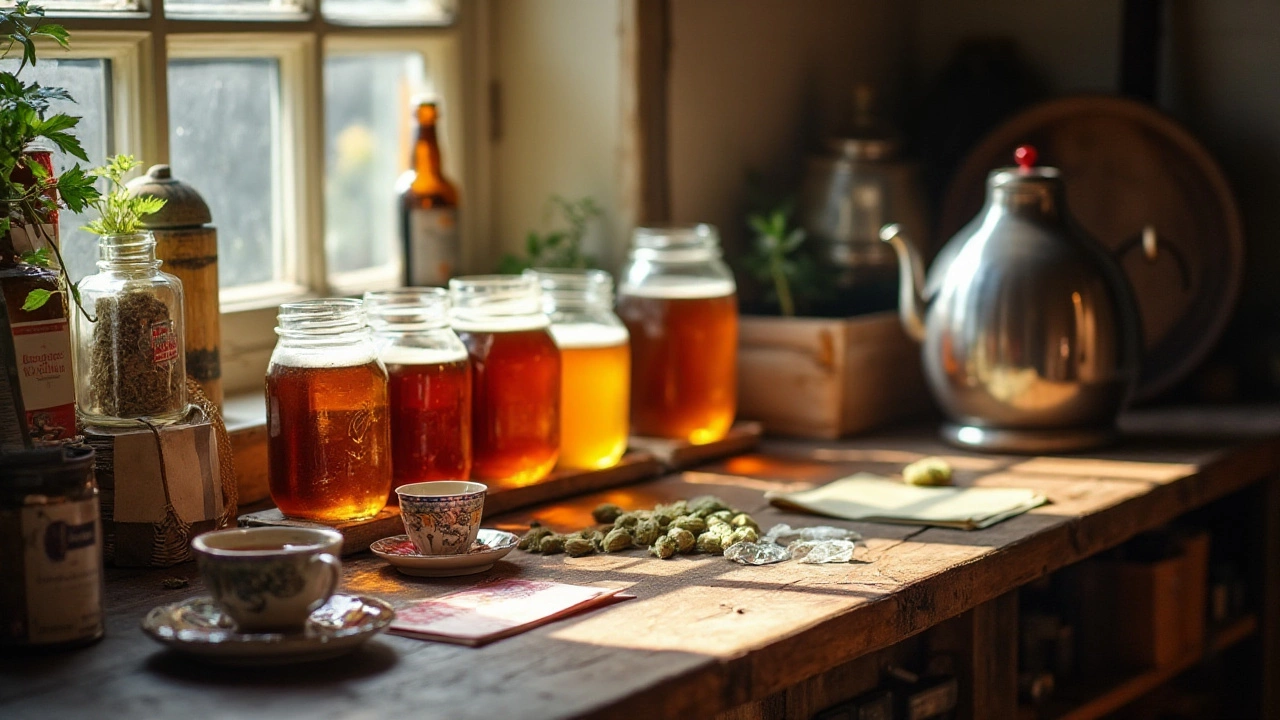Beer Making Kit Shelf Life: What to Expect and How to Keep It Fresh
If you’ve just bought a homebrew kit, the first question on your mind is probably: how long will it stay good? The answer isn’t a single number – it depends on what’s inside the kit and how you store it. Knowing the basics helps you avoid flat or off‑flavor beer and saves you money by using ingredients before they go bad.
Typical Shelf Life for Common Kit Ingredients
Malt extracts and dry malt powders usually keep for 12‑18 months if they stay in a cool, dry place. Once the bag is opened, exposure to air speeds up oxidation, so try to reseal tightly or transfer to an airtight container.
Hops are the most sensitive part. Whole leaf hops lose aroma after about 6‑12 months, while pellet hops can last up to a year if refrigerated. If you notice a stale, papery smell, it’s time to toss them.
Yeast is a living organism, so it has a clear expiration date printed on the packet. Most dry yeast stays viable for 12‑24 months when stored in the fridge. If you skip refrigeration, expect a shorter shelf life and a weaker fermentation.
Priming sugar and other additives (like fruit puree or flavor extracts) are less time‑sensitive. Keep them sealed away from moisture and they’ll be fine for a few years.
Best Practices to Extend Your Kit’s Shelf Life
First, treat every component like food. Store the kit in a pantry that stays below 75°F (24°C) and away from direct sunlight. Heat speeds up chemical reactions that degrade malt and hops.
Second, use airtight containers. Zip‑lock bags, mason jars, or vacuum‑sealed bags keep oxygen out, which is the main enemy of freshness. For yeast, a simple fridge works wonders – the cold slows down any unwanted activity.Third, label each package with the date you opened it. A quick glance later tells you if something is nearing its prime.
If you’re unsure about an ingredient, do a quick sniff test. Fresh malt smells sweet and slightly nutty; stale malt smells musty. Fresh hops burst with citrus or pine; old hops smell like old shoe leather. When in doubt, it’s safer to replace the component than gamble on a bad batch.
Finally, plan your brewing schedule. If you buy a kit with a long expiration window, set a reminder to brew within the first year. That way you get the best flavor and avoid the frustration of a failed brew.
Bottom line: a well‑stored beer making kit can last a year or more, but each ingredient has its own clock. Keep things cool, dry, and sealed, and you’ll enjoy fresh, tasty beer every time you crack open a new kit.
Home brewing kits offer a gateway into the world of crafting personalized beverages at home. Understanding their lifespan is crucial for maintaining efficiency and ensuring a quality brewing experience. This article explores factors that influence the longevity of home brewing kits, provides tips for maintaining them, and offers insights into how storage and cleaning routines can affect their usability. We also discuss signs that indicate when it's time to replace components and how to extend their life.
View Details

